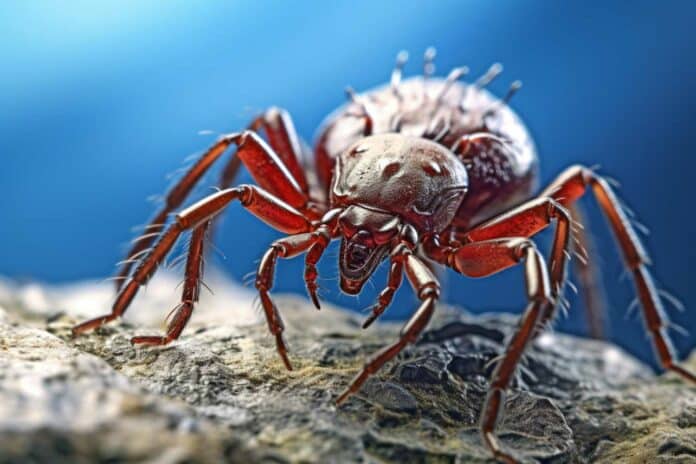Babesiosis is a tickborne illness caused by Babesia parasites that grow in red blood cells. It causes symptoms like fevers, chills, sweats, and fatigue, which can be life-threatening in severe cases. The disease is on the rise, especially in the Northeast. A 2023 report from the CDC warns that cases increased by 25% between 2011 and 2019. Besides tick bites, babesiosis can spread through contaminated blood transfusions or from an infected mother during pregnancy or delivery.
Clinicians usually treat infections with CDC-recommended medications, but drug-resistant cases are increasing, especially in Connecticut. A team led by Yale School of Medicine has a new strategy that clears drug-resistant Babesia parasites in experimental models and builds immunity. This approach may offer insights into developing future babesiosis vaccines.
First author Pratap Vydyam, Ph.D., a postdoctoral associate in infectious diseases in the lab of Choukri Ben Mamoun, Ph.D., professor of medicine and microbial pathogenesis, said, “There is a need for an alternative combination therapy for babesiosis. We identified a specific combination of drugs that clears Babesia parasites effectively—including the drug-resistant parasites.”
Babesia parasites, known for responding well to the antimalarial drug tafenoquine, have shown promise in treatment. The FDA approved tafenoquine in 2018 for malaria prevention and treatment. Recent evidence suggests its potential effectiveness against babesiosis, though reports of treatment failure call for alternative strategies.
Yale researchers explored combining tafenoquine with other drugs to create a more effective therapy. They conducted experiments with Babesia in human red blood cells, finding that tafenoquine effectively blocked parasite growth.
In a mouse model of babesiosis, daily tafenoquine treatment from day three to seven post-infection cleared the infection and protected against death. Even in the majority of immunocompromised mice with the common Babesia microti parasite, tafenoquine successfully earned the condition.
The researchers also tested tafenoquine against drug-resistant Babesia strains. In mice infected with a drug-resistant Babesia duncani strain, tafenoquine monotherapy proved highly effective in clearing the resistant parasites.
Combining atovaquone with tafenoquine effectively clears Babesia parasites in all animal models. The researchers found that this combination therapy, tested in healthy and immunocompromised mice infected with different Babesia strains, successfully cured infections in all cases, providing a more potent solution than tafenoquine alone.
The team found that mice cured with monotherapy or combination therapy developed immunity against Babesia duncani, remaining protected even when re-exposed to the parasites weeks later. Blood samples showed increased antibodies against Babesia, suggesting induced and maintained immunity. The researchers are now exploring the duration of this protection and profiling the antibodies for potential babesiosis vaccine candidates.
As Babesia parasites evolve, the team develops new therapeutic approaches to counter potential drug resistance. The research on tafenoquine and atovaquone, commonly used in malaria treatment, also hints at their potential as a combined treatment for human malaria.
Journal reference:
- Pratap Vydyam, Anasuya C Pal et al.,Tafenoquine-Atovaquone Combination Achieves Radical Cure and Confers Sterile Immunity in Experimental Models of Human Babesiosis. Journal of Infectious Diseases. DOI: 10.1093/infdis/jiad315
